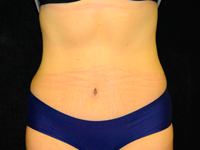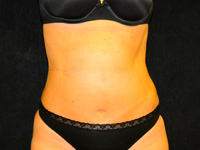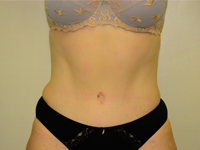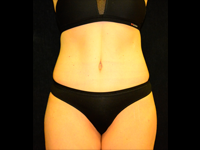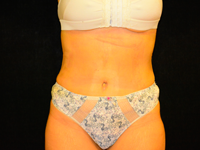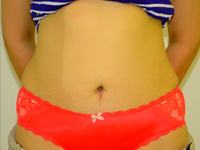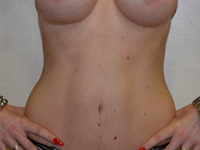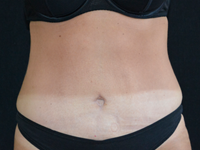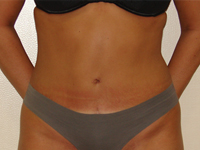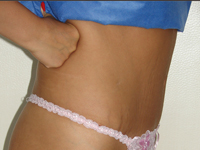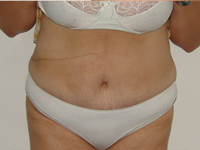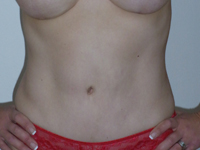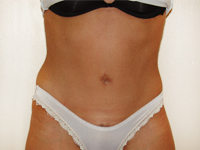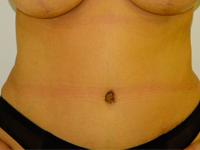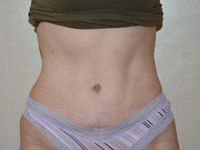ABDOMINOPLASTY
OBJECTIVE
Abdominoplasty or tummy tuck, is a common term for the surgical procedure to correct a protruding or loose, sagging abdomen. Areas to be treated may include the center of the abdomen or may extend to the entire area between the lower rib cage and pubic bone, as well as to the sides and back.
Abdominal contouring can be performed using a variety of techniques. When localized fat is the cause, abdominal contour surgery may be performed using only liposuction techniques. When excess fat is combined with loose, sagging skin and tissue, a tummy tuck removes unwanted fat, tissues and skin by excision. Abdominal muscles that have weakened or separated, a condition called diastasis, can also be corrected with an abdominoplasty.
Abdominoplasty is not a substitute for weight loss or an appropriate exercise program. Although the results of abdominoplasty are technically permanent, the positive outcome can be greatly diminished by significant fluctuations in weight. For this reason, individuals who are planning substantial weight loss or women who may be considering future pregnancies may be advised to postpone an abdominoplasty.
PREOPERATIVE CONSULTATION
Abdominoplasty is best performed on adults of any age who are in good health, are close to the ideal weight for their body type and size, are moderately fit and, overall, have good muscle tone. Good candidates are:
» Healthy individuals who do not have a life-threatening illness or medical conditions that can impair healing
» Non-smokers
» Individuals with a positive outlook and specific goals in mind for body contouring
In addition, previous abdominal surgery may limit the potential results of abdominoplasty. In women who have undergone cesarean section, the existing scars may often be incorporated or revised for new incisions.
Abdominoplasty will be individualized to the specific conditions that may include:
» Excess localized fat in the abdominal area
» Loose and sagging skin in the abdominal region
» Weakened or separated abdominal muscles due to pregnancy, weight loss or aging
Abdominoplasty cannot correct stretch marks, although these may be removed or improved if they are located on the areas of excess skin that will be excised. There are variations to the procedure dependant by correction necessary to achieve a good result. Incisions length and pattern depend on the amount and location of excess skin to be removed, as well as surgical technique.
Surgical removal of excess skin and fat may be combined with liposuction during abdominoplasty or to recontour other areas of the body.
RECOVERY
Once abdominoplasty is completed, dressing or bandages may be applied to the incisions and a compression garment is used to minimize swelling and to support the abdomen. A tube may be temporally placed under the skin to drain any excess blood that may collect.
Initial healing includes swelling and discomfort at the incision sites. The patients will be instructed to return to light walking as soon as possible to minimize the complications and must avoid bending, straining or lifting for several days. A return to light activity is possible usually within a few days of surgery.
Initial wound healing may take 7 to 14 days, any sutures will be removed some time after that. Healing will continue for several weeks as swelling dissipates and incision lines continue to improve.
RISKS
Possible risks of abdominoplasty include hematoma, seroma, infection or poor healing of the incision site and risks associated with anesthesia.
RESULTS
The result of abdominoplasty are visible almost immediately, however it may take several months for the final result. Numbness and a firm feeling over the skin’s surface will resolve over the following months. It may take a year or more for incision lines to refine to some degree.
The new profile of the abdomen is relatively permanent, so long the patient maintains weight and general fitness.





